The Spirit of Rajasthan: Stories Behind Its Famous Landmarks
Royal RajasthanCab
March 8, 2025
Rajasthan, the land of kings, is a treasure trove of history, culture, and architectural marvels. Known for its magnificent forts, grand palaces, and sacred temples, the state tells stories of valor, romance, and tradition through its famous landmarks. Each site in Rajasthan carries a deep historical significance, showcasing the region’s royal past and cultural heritage. Let’s explore the stories behind some of Rajasthan’s most iconic landmarks and understand their connection to its rich heritage.

1. Amber Fort: The Jewel of Jaipur
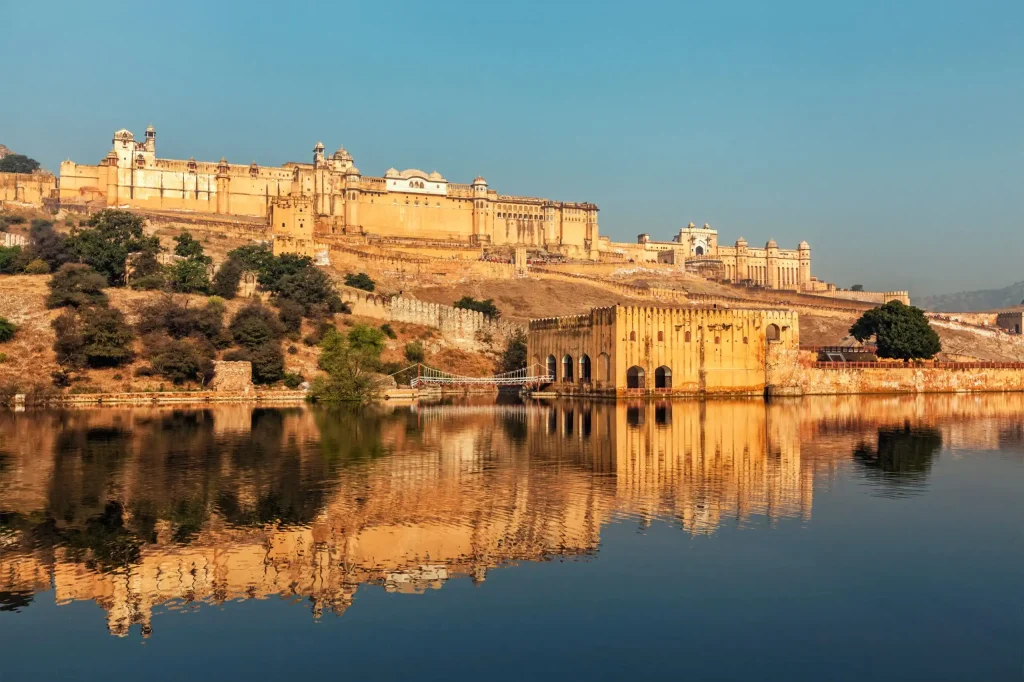
Perched atop a hill, Amber Fort is one of the most stunning historical places in Rajasthan. Built in the 16th century by Raja Man Singh I, the fort is a blend of Hindu and Mughal architectural styles. The intricate carvings, mirror work, and expansive courtyards add to its grandeur.
One of the fascinating stories about Amber Fort revolves around its Sheesh Mahal (Mirror Palace). It is said that a single candle’s reflection can illuminate the entire room, creating a magical ambiance. The fort also houses underground tunnels that connect to Jaigarh Fort, which were used as escape routes during battles.
2. Mehrangarh Fort: The Guardian of Jodhpur
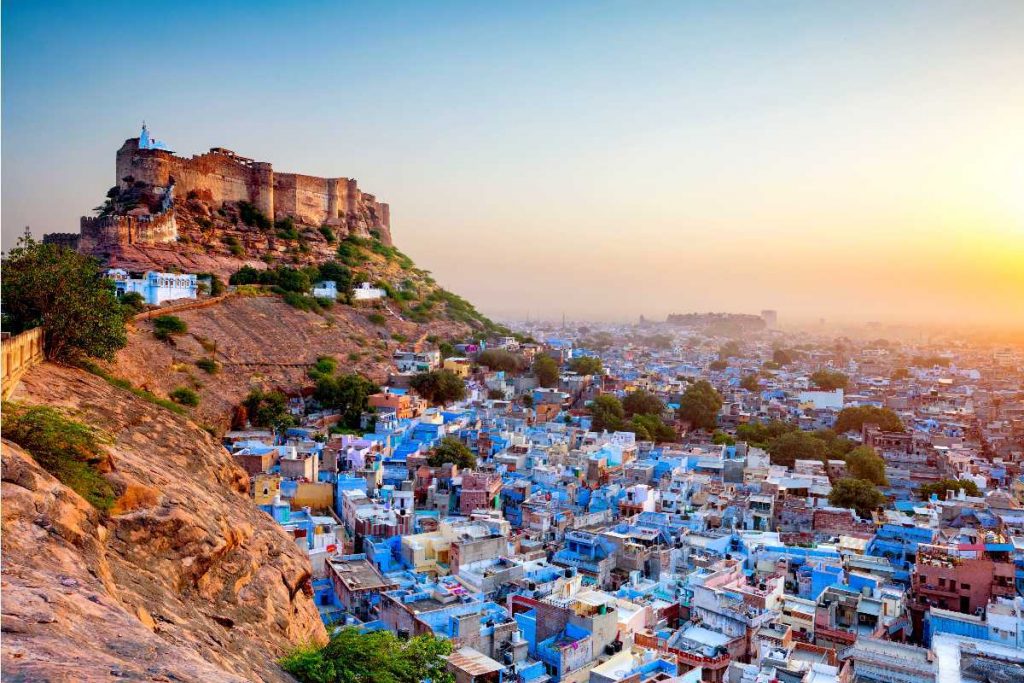
Standing tall at 400 feet above the city, Mehrangarh Fort is an imposing structure that dominates the skyline of Jodhpur. Built by Rao Jodha in 1459, it is one of the most iconic landmarks of Rajasthan.
A popular legend associated with Mehrangarh Fort is about a hermit named Cheeria Nathji, who lived on the hill where the fort was constructed. When Rao Jodha decided to build the fort, the hermit cursed the land, leading to a scarcity of water in Jodhpur. To counter this, a man named Raja Ram Meghwal was buried alive in the fort’s foundation to appease the gods, and his family was given special privileges that continue to this day.
3. City Palace, Udaipur: The Royal Residence
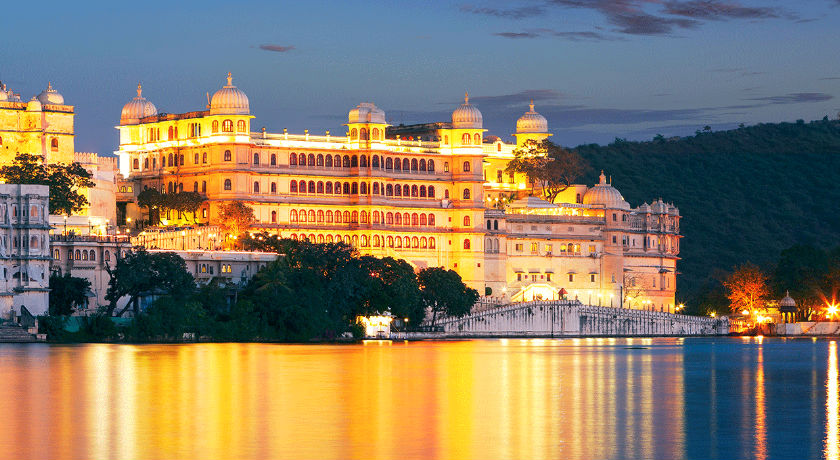
Among the most famous monuments of Rajasthan, the City Palace in Udaipur is a spectacular fusion of Rajput and Mughal architecture. Built by Maharana Udai Singh II in the 16th century, the palace complex offers breathtaking views of Lake Pichola.
The palace is linked to the legendary tale of Maharana Pratap and his battle against the Mughal emperor Akbar. It is said that despite being outnumbered in the Battle of Haldighati, Maharana Pratap’s unwavering courage and strategic warfare made him a symbol of Rajput pride. The palace today serves as a museum, preserving artifacts that narrate the story of Udaipur’s royal past.
4. Jaisalmer Fort: The Living Fort
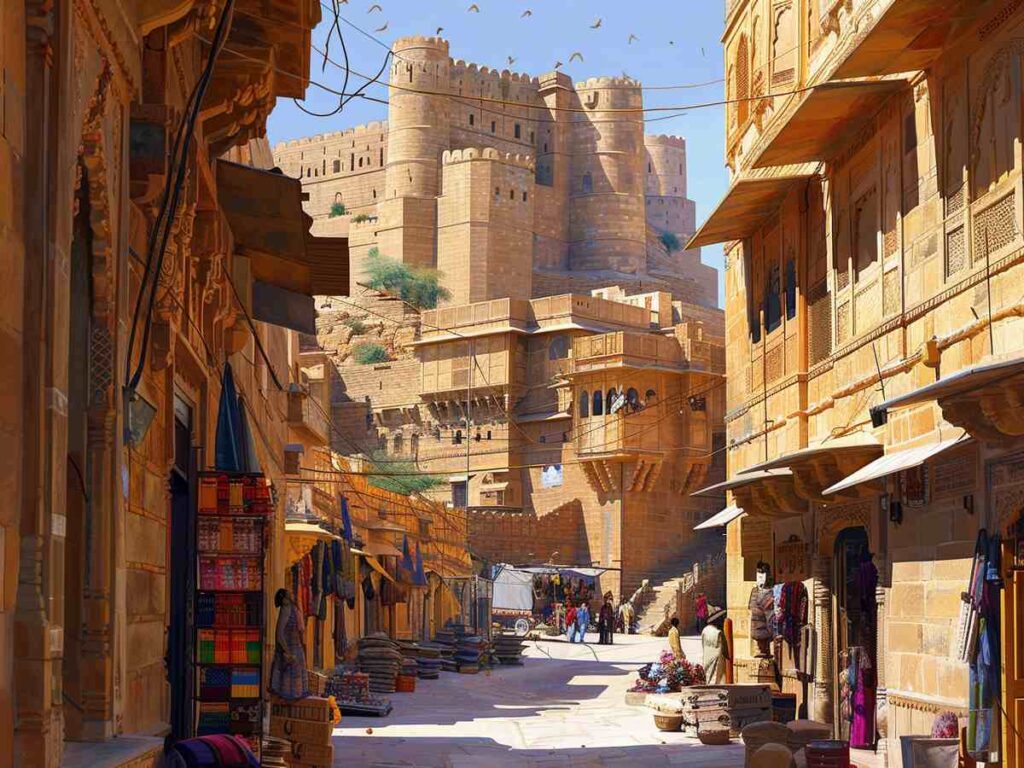
Unlike most forts that serve as historical sites, Jaisalmer Fort is a thriving community where people still reside. Known as Sonar Quila or the Golden Fort, it is one of the largest living forts in the world.
According to folklore, the fort was built in 1156 AD by Rawal Jaisal, the founder of Jaisalmer. One of the most intriguing stories is of the fort’s supernatural occurrences. Locals believe that spirits of past rulers still roam the fort, safeguarding it from invaders. The narrow alleys, bustling markets, and grand havelis make it an essential part of Rajasthan travel guides.
5. Hawa Mahal: The Palace of Winds
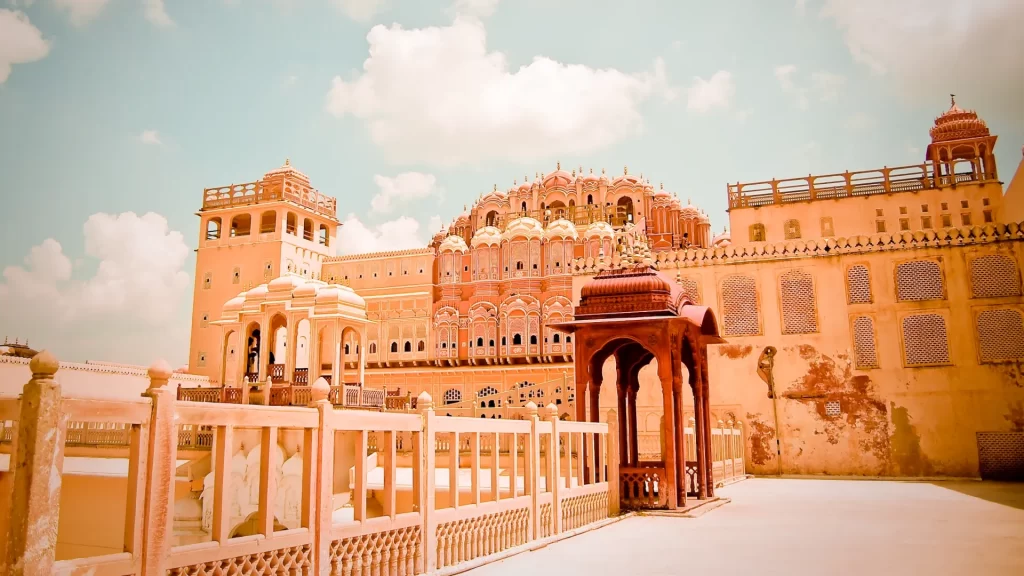
Hawa Mahal in Jaipur is an architectural marvel that allows cool air to flow through its 953 jharokhas (small windows). Built by Maharaja Sawai Pratap Singh in 1799, the palace was designed for royal women to observe street festivities without being seen.
The design was inspired by Lord Krishna’s crown, reflecting the devotion of the Rajput rulers towards Hindu deities. This architectural wonder of Rajasthan is an iconic representation of the Pink City’s heritage.
6. Chittorgarh Fort: The Symbol of Rajput Valor
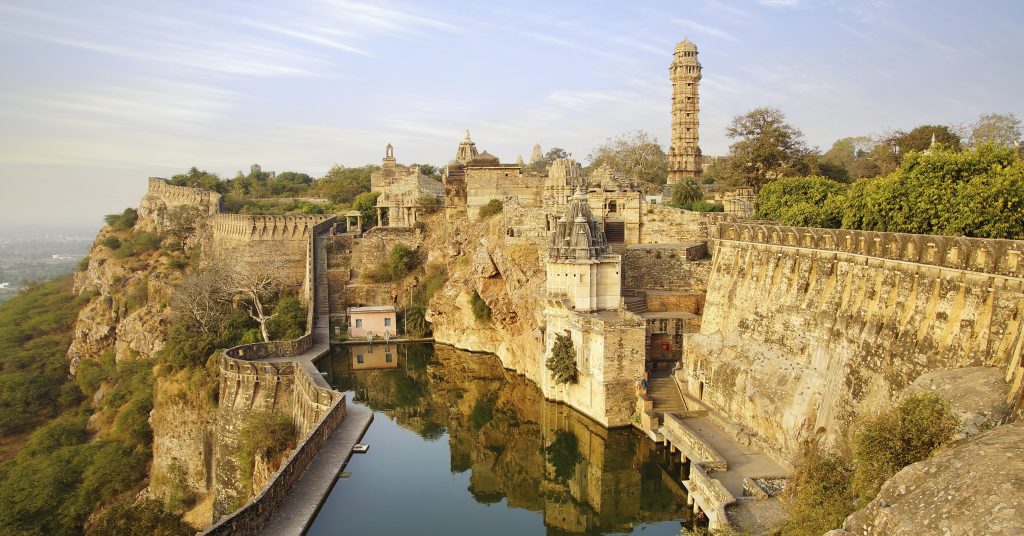
Chittorgarh Fort is one of the largest forts in India and holds a special place in Rajasthan’s cultural heritage. It is known for its association with three historical sieges and the concept of Jauhar, where Rajput women chose self-immolation over surrender.
The story of Rani Padmini’s sacrifice is deeply linked to this fort. When Alauddin Khilji invaded Chittorgarh to capture her, she chose death over dishonor. The fort also honors the bravery of warriors like Maharana Kumbha and Rana Sanga, making it a must-visit for those interested in Rajasthan’s heroic past.
Book Now:- Rajasthan Tour Package
7. Ranakpur Jain Temple: A Sacred Marvel
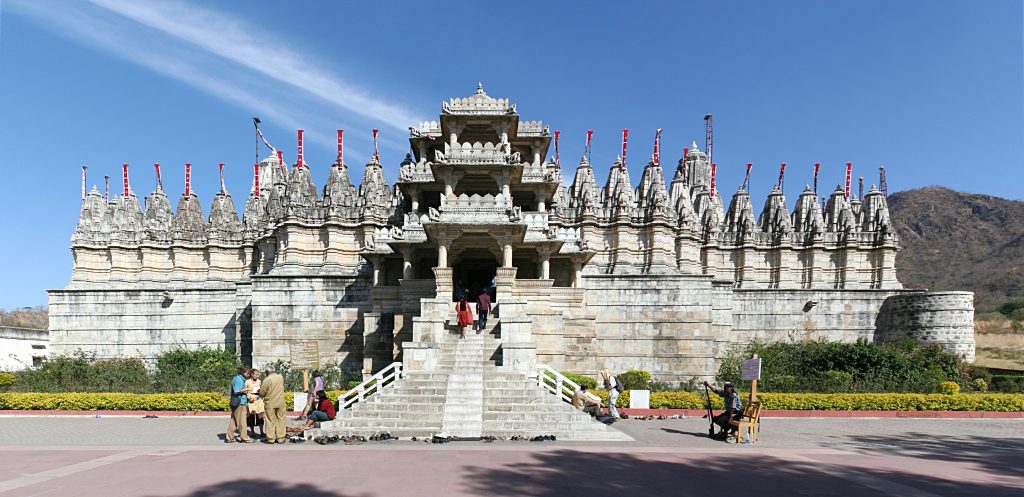
Ranakpur Jain Temple is an exquisite structure known for its 1,444 intricately carved marble pillars, each unique in design. Dedicated to Lord Adinath, this temple is an architectural masterpiece and a significant part of Rajasthan’s heritage sites.
Legend has it that the temple was built after a divine vision appeared to a local businessman named Dharna Shah. He was inspired to construct a temple of unparalleled beauty, and with the support of Maharana Kumbha, his dream came to life. Even today, the temple stands as a symbol of devotion and artistic brilliance.
8. Pushkar: The Holy City
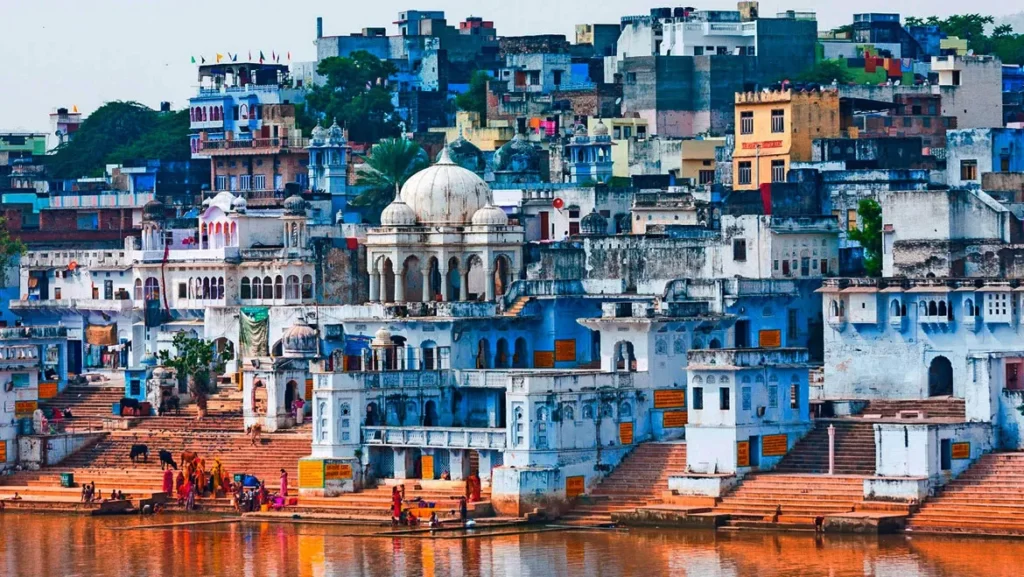
Pushkar is one of the most sacred cities in India, home to the world-famous Brahma Temple and the Pushkar Lake. According to mythology, Lord Brahma dropped a lotus flower on the earth, and the place where it landed became the holy lake of Pushkar.
Pushkar is also renowned for its annual camel fair, one of the largest livestock fairs in the world. This vibrant festival attracts tourists and photographers who seek to capture the essence of Rajasthan’s cultural heritage.
9. Umaid Bhawan Palace: The Last Royal Palace
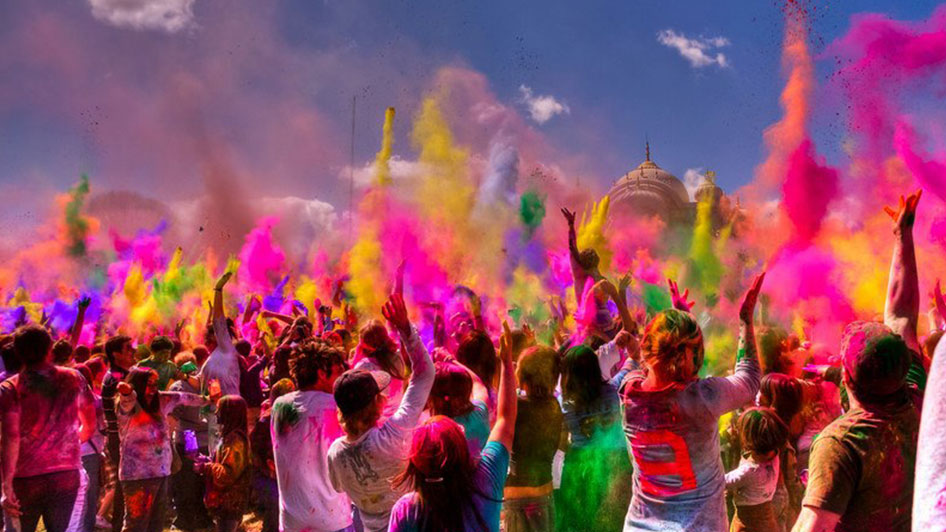
Umaid Bhawan Palace in Jodhpur is one of the youngest palaces in India, built in the 20th century by Maharaja Umaid Singh. The palace was constructed to provide employment during a famine, symbolizing the ruler’s care for his people.
Now serving as a luxury hotel and a museum, the palace continues to be a prominent attraction in Rajasthan tourist attractions, offering visitors a glimpse into royal lifestyles.
Conclusion
Rajasthan’s famous landmarks are more than just historical sites; they are living narratives of its glorious past. From the grandeur of its forts to the serenity of its temples, each landmark tells a story of bravery, devotion, and artistic excellence. These historical places in Rajasthan continue to attract travelers, historians, and culture enthusiasts, offering an immersive experience into the state’s rich heritage.
Whether you are exploring the best places to visit in Rajasthan or seeking inspiration from its tales of valor, the state never fails to amaze. So, step into the royal land of Rajasthan and let its timeless stories unfold before you.
Most destinations cost between ₹800–₹1,800 per day, including food, stay, and transport.
The ideal time is during the cooler months, typically October to March, depending on the destination.
Yes, these destinations are generally safe, but always stay cautious and follow local guidelines.
Opt for hostels, guesthouses, or homestays, and book in advance for better deals.
Try street food like chaat in Varanasi, momos in McLeod Ganj, and Rajasthani thali in Jaisalmer.
Recent Posts
Have Any Question?
Book your Luxury Chauffeur Driven Fleets & Tour Packages with affordable rates. Book Now.

